Firsts and The First Tapping Musician???
 Friday, February 5, 2010 at 10:08AM
Friday, February 5, 2010 at 10:08AM There has often been much talk about who was the first tapping musician. Who was the first to forgo the plucking of the string and just touch the fingers onto the fret board to get the energy moving?
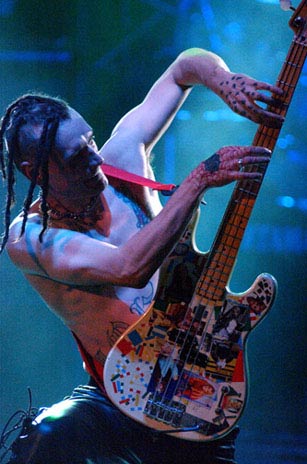
Some say it was Emmett Chapman, inventor the Chapman Stick. Some think it was Eddie Van Halen or Stanley Jordan. Some say it was a guy named Jimmy Webster. Others: Dave Bunker, Joe Pass, Django, Paginini…. The list goes on and on.
Firsts are funny things. Being first at something that grows in cultural breadth means the person was forward looking. They were willing to work outside the normal parameters of what is known as possible. Being first at something that never catches on means one is eccentric. So until the world recognizes those smarts, you are, for most practical purposes, some kind of kook. And if the world never recognizes, than the kook is fully coronated.
I have no data to corroborate this, but I have the hunch that most people who generate firsts only do so a few times, or even only once, in their lives. There are, also, those who live on the edge of firsts. This is a fairly precarious way. Being always outside the norms by guiding your vision perpetually towards the unknown is an uncomfortable existence – never knowing what is a fruitful path or not. Perhaps, I am wrong about the isolated ‘firsts person’. Maybe much of these folks live on the edge their whole life, but we only even know them because one thing they did exploded so big.
Either way, firsts really are quite irrelevant beyond historians. Once an idea has come into it’s own, the person who was first with it no longer owns anything about it. And in our current world – where ideas expand across the planet at lighting speed and take hold in the most varied ways – no one cares about who was first. Any brilliant idea that anyone could come up with will be mutated and evolved within a rather short time span thanks to the thoroughness and speed of our communications.
In my own world of playing music, I am constantly astounded by the things I come across that people are doing. Ways of playing instruments that were completely cutting edge just 10 years ago have been picked up by young smarty-pants all over the world. And developed further than the original idea. So who cares who was first? And when does first begin?

Myself, I feel very fortunate to have been part of some firsts. I was one of the first guys to take the high end of the Stick (which I was playing at the time) seriously in a rock context. Was I the first? I don’t know. Who cares, anyway?
I was also one of the first bloggers. Really? Yes, really. I started blogging in 1995. Was I the first? I couldn’t possibly have been. Was I blogging before other musicians? Yes, nearly, and quite possibly, all of them. Does anyone care? No. Was a ‘blogging musician’ my idea? No, actually Steve Ball suggested it to me. Was it Steve Ball’s idea? Did Steve Ball create the blogging universe? Of course not. He just recognized a ‘right’ idea and I ran with it. (For a while. I stopped blogging about 8 years ago due to seeing some awfully disruptive things come from it. But now I’m back.)
I am currently working on a new way of playing my instrument – horizontally, on my lap. Is this a first? In a way, yes. But the idea has so much history that my egotism would have swallowed me whole to think it was one of my ‘big ideas’.
So, in my view, being first doesn’t really mean jack these days. Being first just means: you are first. Perhaps it means you live at the edge of the possible and impossible worlds. But is there anything inherently valuable about being first, as opposed to second or third or one thousand and thirty third? I don’t think so.
The next question, and the most relevant, is “what are you doing with these big ideas?” This is the real question. There are so many great ideas available to all of us. And in specific to musicians, there are so many great techniques/ideas available to us. So….. what shall we do with all these great ideas?
- - -
In my ongoing search for playing more efficiently and more powerfully, I do delve into histories on occasion. One of the many fascinating sources of information for me is the Spanish cellist Pablo Casals. I’ll be looking at some of his ideas here over the next few weeks.
The first gem I found is this description of him using the tap technique in very effective way. Coming across this reference was a bit of an ‘a-ha’ moment for me. The technique of tapping a string is quite unlike any other instrument. It’s not like playing a guitar, nor like playing the piano, nor like striking a percussion instrument. It is something of all three, but neither, as well. In addition there is a kind of specific movement of the finger where there both go horizontally and away and towards you – unlike anything else I know.
So, here is Casal’s eloquent reference to tapping. Taken from the text Casals and the Art of Interpretation, by David Blum. (Bold emphasis is mine):
“When the percussion of the finger puts the string in vibration, the sound comes easily; if the string is not put in vibration it is much more difficult to have a clean sound.” This concept was one of Casals’ major contributions to the art of cello playing. He encouraged the practice of scales or other passages without the use of the bow; the notes were to be distinctly enunciated by means of the left hand alone, so as to strengthen the articulative power of the fingers. When playing ascending passages, he held the fingers of his left hand high, yet reposed, in a naturally rounded position. Then, backed by the weight of the arm, they were ‘thrown’ down with élan, striking against the string percussively, immediately after which – and this is an important point – the pressure was released, the fingers once again becoming supple. The finger action was akin to that of a falling mallet, but a mallet with a rubber head, ensuring its resilience upon impact.
It was a distinguishing feature of Casals’ art that he used the percussion of the fingers as a constant principle. Not least did the left hand join in enhancing the resonance of a first note. Often, at the beginning of a phrase, Casals’ finger would; strike vibrantly upon the string simultaneously with the bow stroke.
I’ll go into the specifics of how this highlighted section on releasing the pressure of the tap applies to us “guitarists” at a later date. But for now, I can say that this guy knew exactly what he was doing.
Was he the first? Who cares. What did he do with it? Something masterful.

 blogging,
blogging,  cello,
cello,  pablo casals,
pablo casals,  tapping
tapping 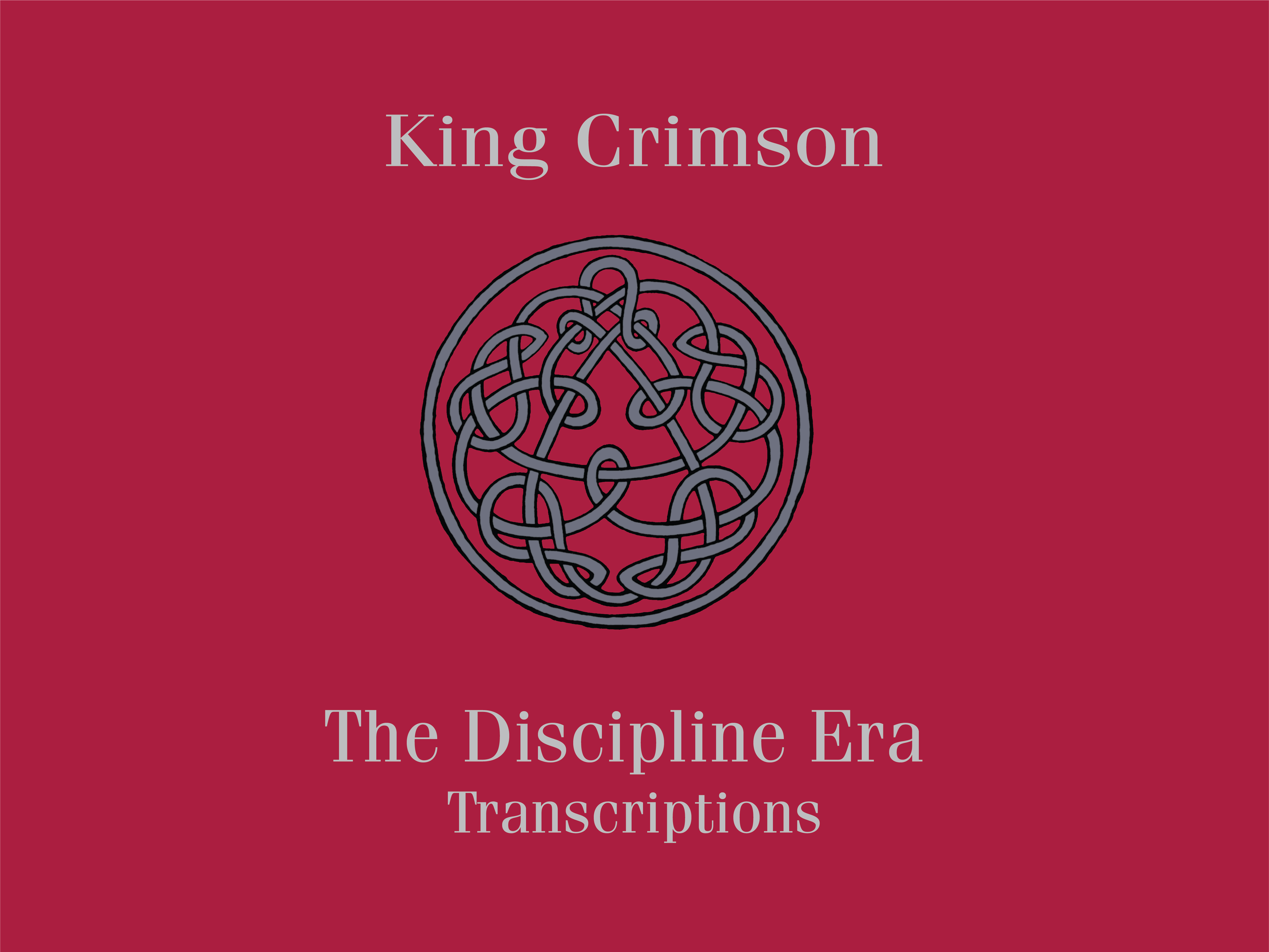
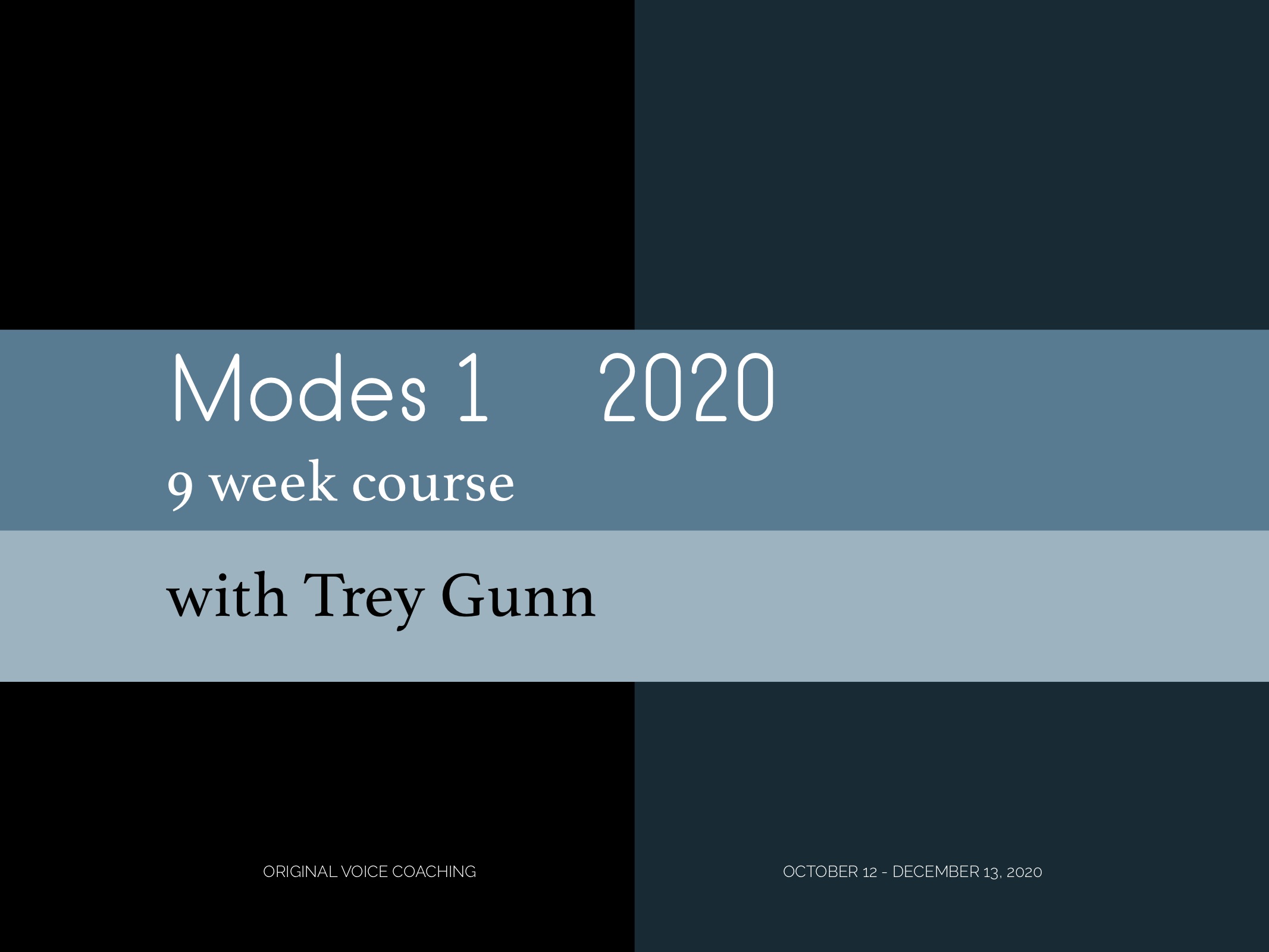
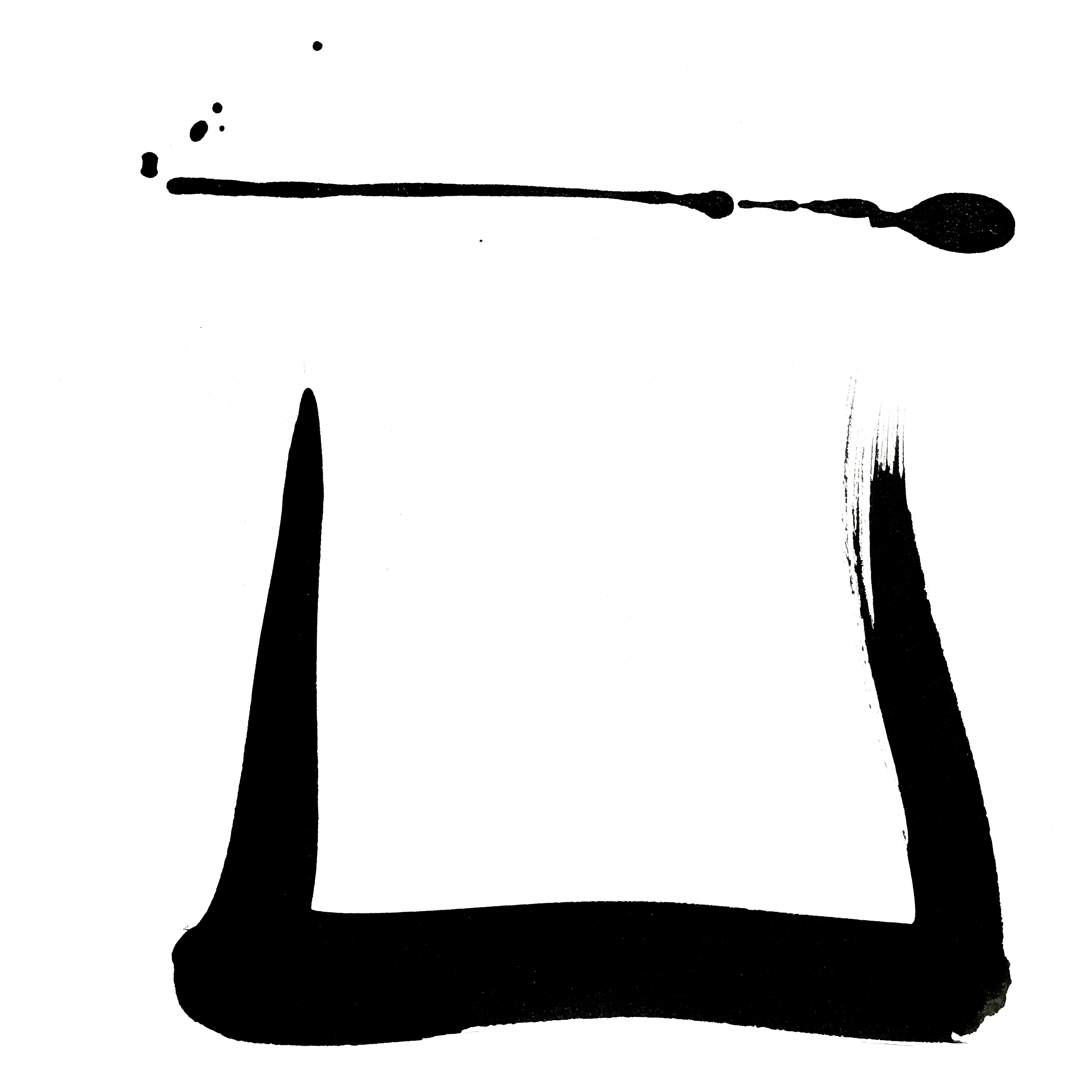
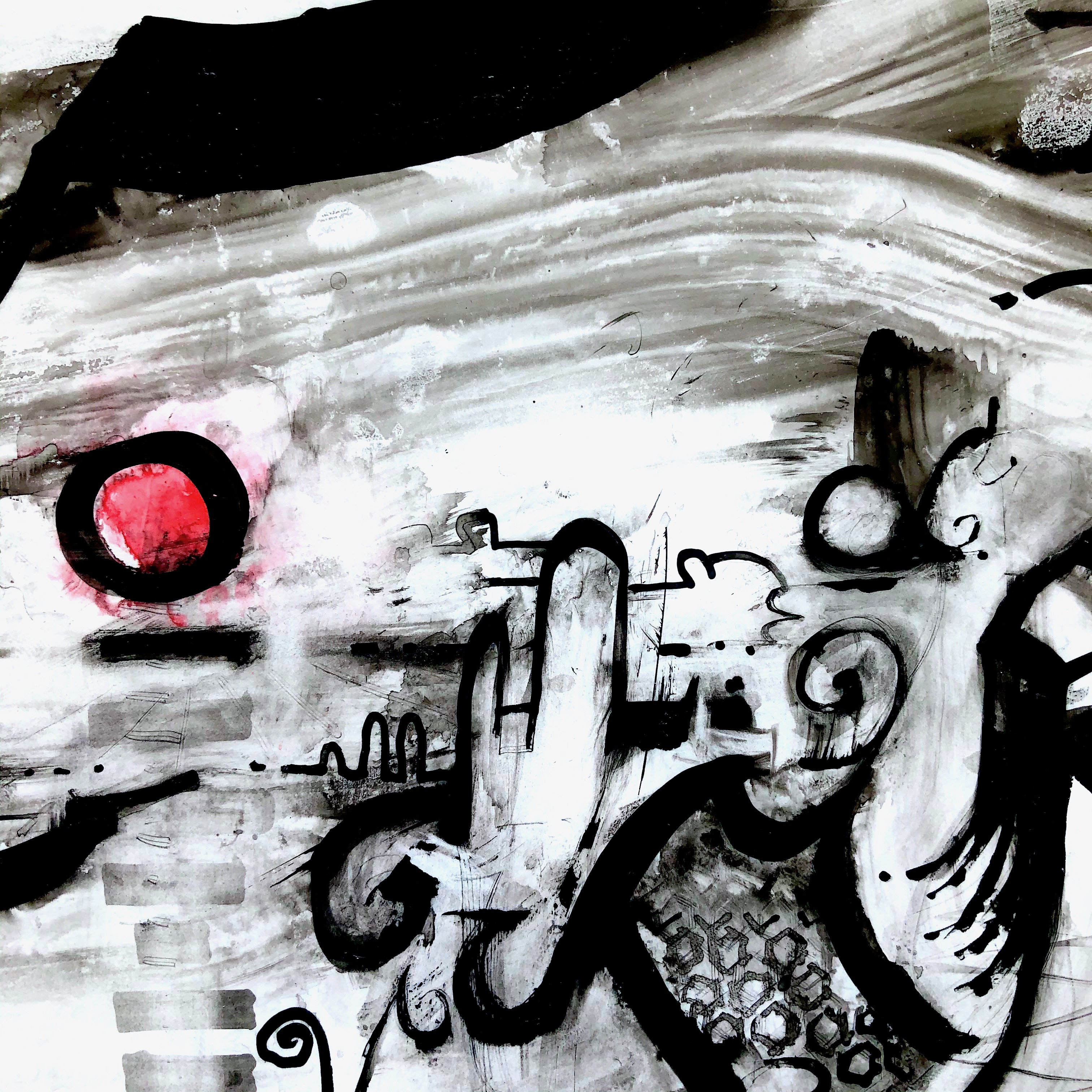
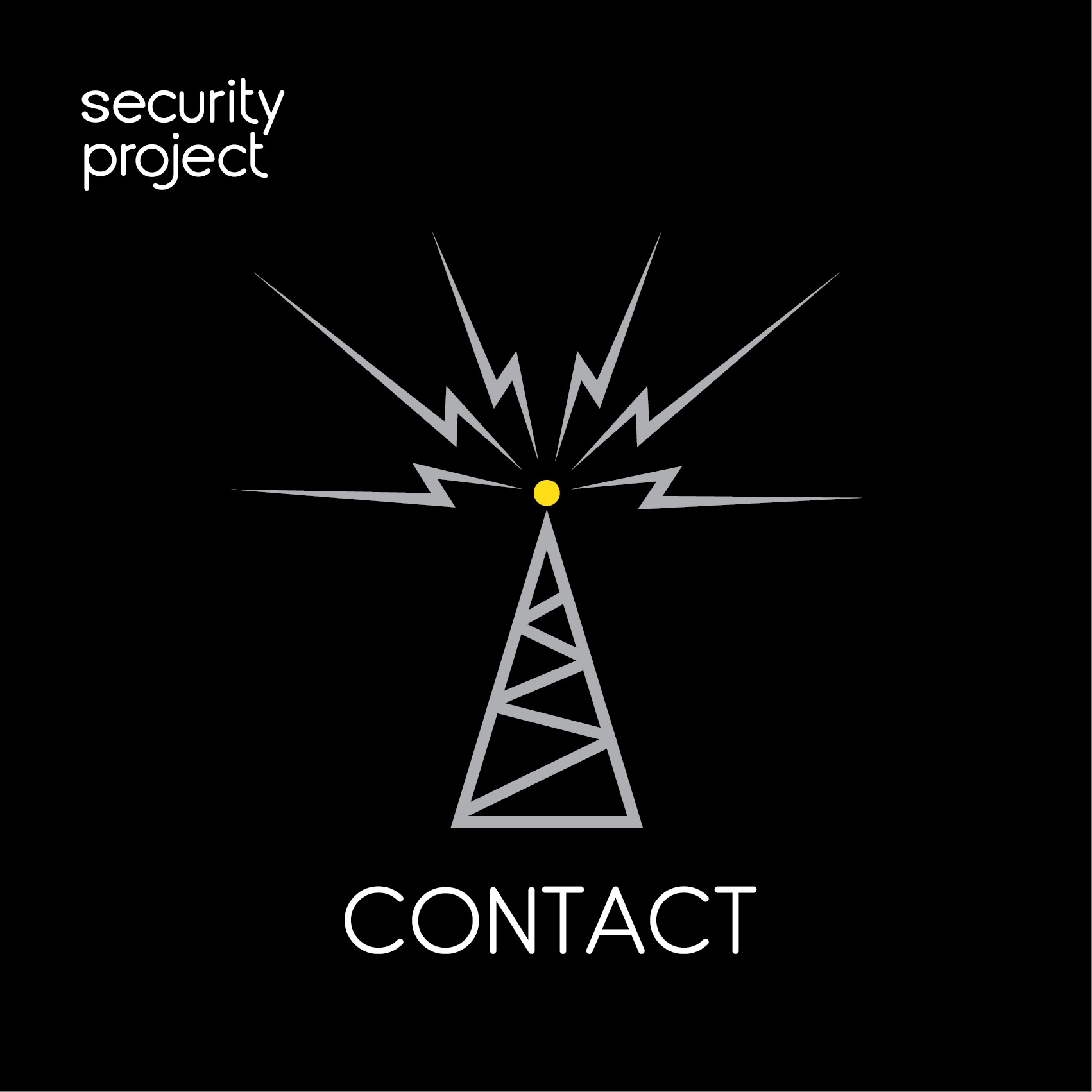
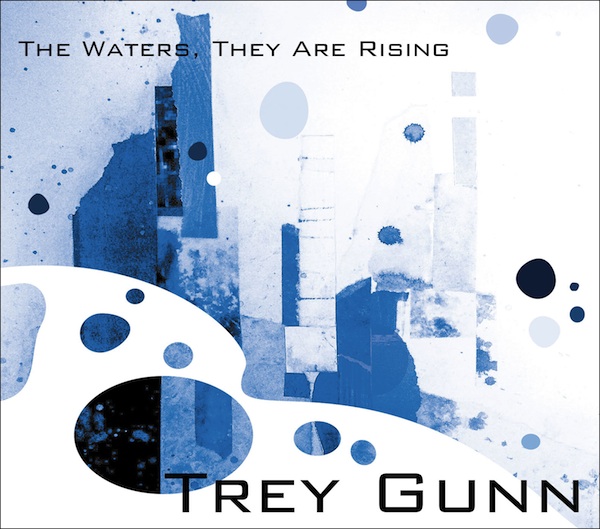
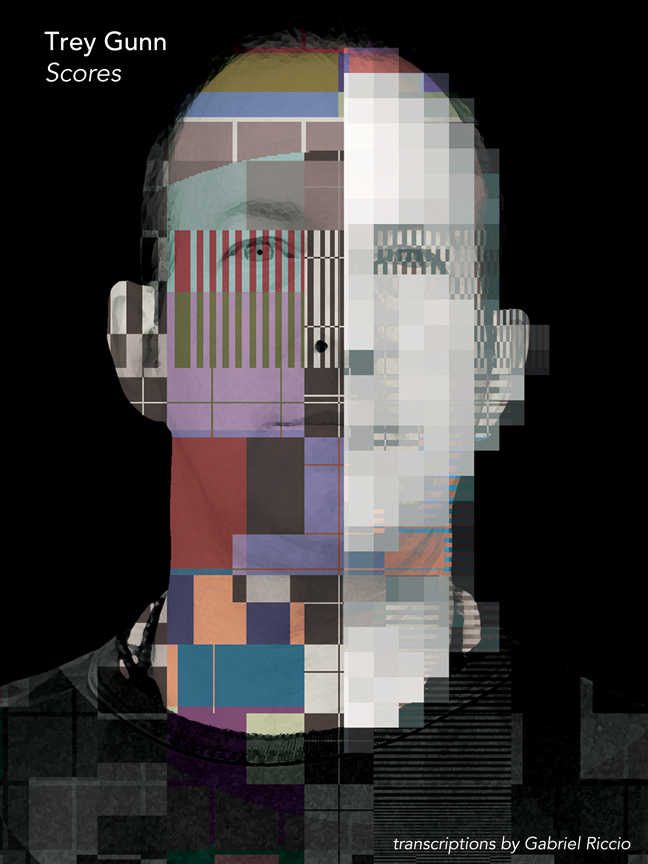
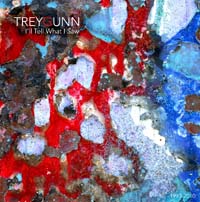
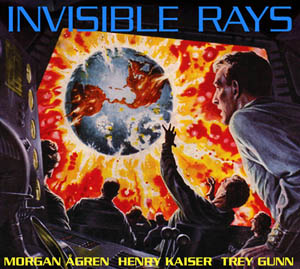
Reader Comments (9)
This is Fascinating and I'm So Glad your back writing/blogging again !!
I missed reading it !!
Travis ~~~
Country guy named Merle Travis used to play touch guitar.
Glad to have you blag. And nice to hear that you're moving forward with your ergonomic improvement. I play the handsonic in my lap and couldn't imagine it any other way.
This is neither here nor there, but the first guitarist I personally witnessed "tapping" in a rock context was Harvey Mandel. If you haven't heard it, listen to his "Shangrenade" album, which I believe was released in 1971.
I was the first , i created thi style. , but mi name is not Pablo, is Pau. Look mi URL. Thank you boy.
You had a good teacher, and you was a great student.
Pau Casals .
http://www. youtube.com/watch?v=AKIkO3Tt3Kw
This is very interesting stuff Trey. I can't wait to hear more about this. Thank you so much for this entry.
Just another thing I cannot do on my Warr Phalanx ,geez Mr Gunn ,thanks a lot [lol]! Reggie from Vegas
I was the first in this apartment to read this.
Great post, as usual:)
I worked for many years between Las Vegas and Nashville, 1963 to 1998, and witnessed and performed on many stages along side of artist who did tap and pull offs, as part of their style, but my friend Irby Mandrell, father of Barbara, and who knew everyone from Merle Travis, to Elvis, stated to me many times that the first one to use it, as we would recognize it, was Merle Travis. The second, and who should be acclaimed as first was, and is Jimmy Webster, who was a friend of mine, and I learned it from in 1955. I was the first to build a touch Guitar, called and patented as the Duo-lectar, in 1958, which was a double necked monster, which incorporated a manual mute over the nut. In the early 1970's I patented the "Touch Guitar" electronic mute system. Six years after my first patent, Emmett built his first stick instrument. The history of Touch invention is at http://davebunkerguitars.com/
Thanks Trey, I hope this helps, Dave